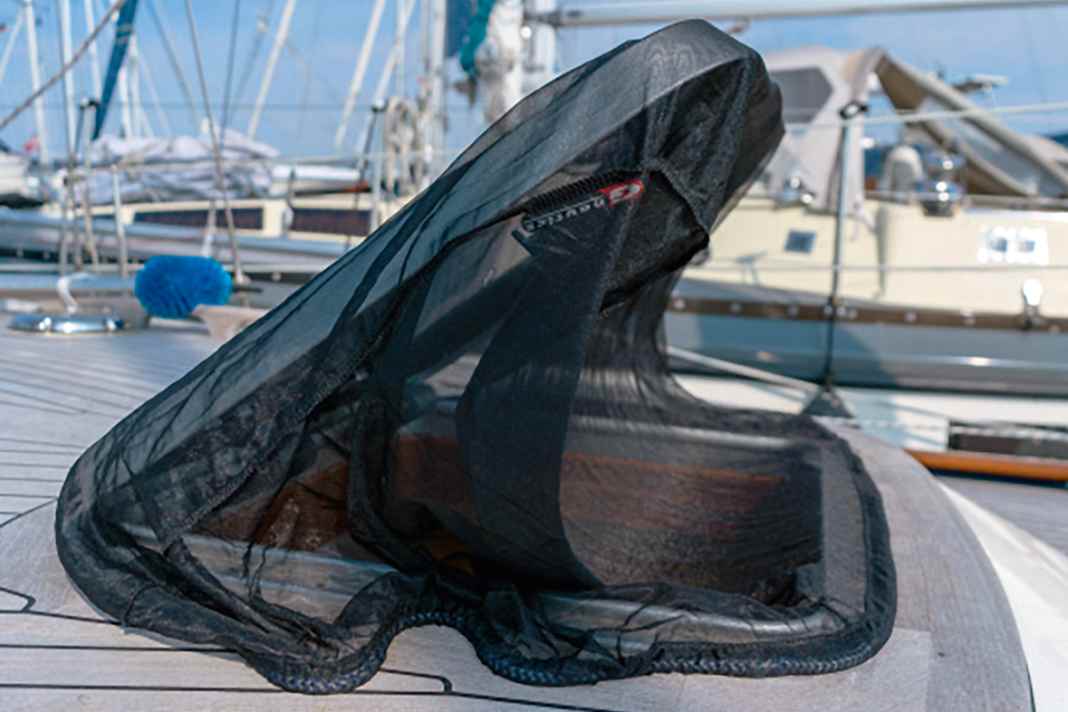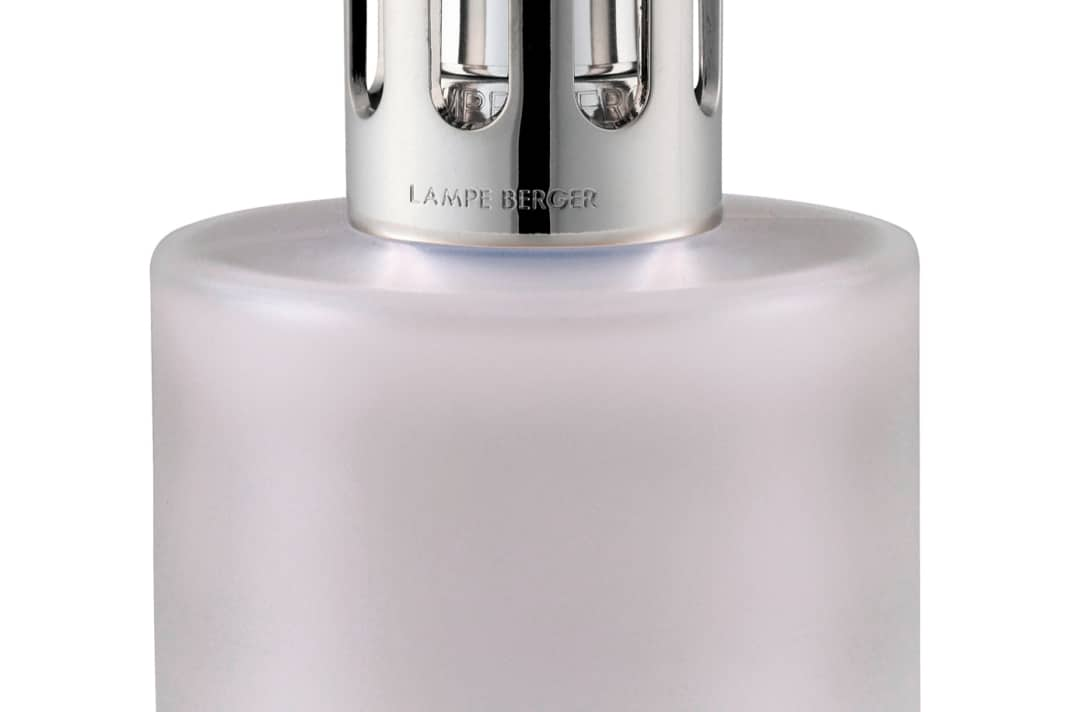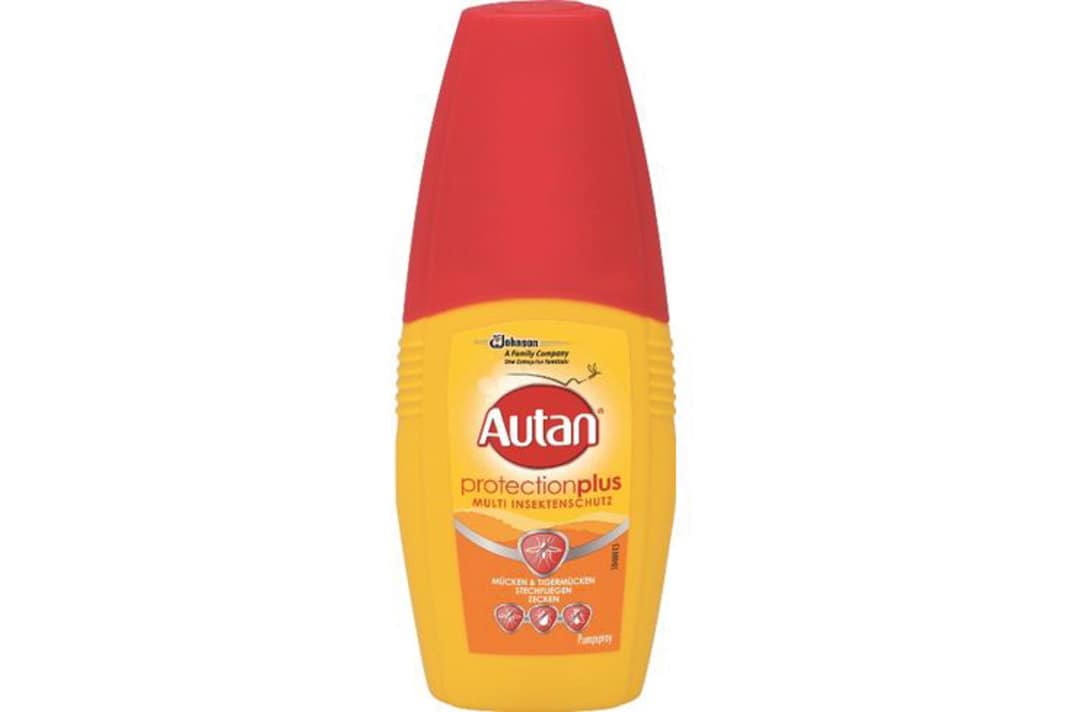





When the anchor drops after a long summer's sailing day, mosquitoes are usually not long in coming. Especially in light winds and close to the shore, the bloodsuckers can bring the best evening to an abrupt end. Escaping below deck can help, but with the bulkheads and hatches closed, it quickly becomes unbearably warm in summer - a horror. In most cases, the annoyance of the unpleasant evening doesn't stop there; the itchy bites can still bother you the next day.
There are various ways and means of avoiding this and being able to enjoy the summer even in areas with lots of mosquitoes. They can be roughly categorised into the prevention of bites and the right aftercare if prevention has not worked.
Why mosquitoes bite
Interestingly, some people are bitten more often than others - this has to do with their individual "odour profile", which is partly genetically determined. Sweat also plays a role: it contains lactic acid and other chemical compounds that attract mosquitoes. And the individual microbiome on the skin also produces specific odours.
However, only female mosquitoes bite humans and other vertebrates. The main reason for this is reproduction: female mosquitoes need the proteins and nutrients from the blood to develop their eggs. A single blood meal enables them to produce between 50 and 500 eggs, depending on the species. Most female mosquitoes take several blood meals during their short life and go through several egg-laying cycles.
Male mosquitoes, on the other hand, feed exclusively on plant juices such as nectar and have no biting apparatus.
Why mosquito bites itch
Female mosquitoes are equipped with a complex biting apparatus. This consists of several needle-shaped mouthparts (stylet), which together form the proboscis.
When biting, the stylet penetrates through the skin to a blood vessel. The arrangement of these fine structures creates two channels: a feeding channel, through which the mosquito sucks up blood, and a saliva channel, through which it injects saliva into the wound.
Mosquito saliva contains various substances, including anticoagulants (anticoagulant substances), which prevent the blood in the proboscis from clotting. It also contains proteins that are recognised as foreign by the human immune system. The subsequent immune reaction with the release of histamine is mainly responsible for the typical itching, redness and swelling at the injection site.
The severity of the reaction varies according to individual sensitivity and can range from barely noticeable to pronounced wheals.
Mosquito repellent
Both natural and synthetic products target the mosquito's sense of smell. Mosquitoes are mainly attracted by carbon dioxide in the exhaled air and by decomposition products from body sweat. If these odours are masked by substances that mosquitoes avoid, this can reduce the likelihood of being bitten.
Synthetic agents
When it comes to synthetic products, the first thing that comes to mind is sprays from Autan and co. They are not only effective against mosquitoes, but also other biting insects and even ticks. Sprayed onto the skin, a special fragrance repels the bloodsuckers and the protection lasts for several hours. The so-called repellents often contain icaridin (Autan) or DEET (Anti Hum). The latter has a reputation for being more effective, but DEET (diethyltoluamide) can cause skin irritation. It is therefore recommended for tropical regions.
In the Mediterranean or the Caribbean, there are mosquitoes that can transmit malaria (Anopheles mosquitoes) and dengue fever (mainly Aedes mosquitoes). For this reason, the benefits of mosquito repellents clearly outweigh the possible side effects. In the North and Baltic Sea region, no large-scale transmissions of dangerous viral diseases through mosquito bites have been documented to date. However, this issue may become more important in Northern Europe in the future as a result of climate change. Warmer average temperatures could favour the spread of tropical mosquito species.
Organic means
There are also natural mosquito repellents such as essential oils Tea tree oils, which have an insect repellent effect. However, these are less effective and have a shorter effect than synthetic repellents, but may be sufficient in domestic areas with low mosquito levels. In addition, regular Showers help to reduce perspiration odours.
Fragrance lamps & Co.
In addition to the products for application to the skin, there are also Fragrance lamps, Incense coils or Special lampswhich attract mosquitoes and then kill them either by electric shock or strong UV light. When using scented lamps, you should read the operating instructions carefully, as an insecticide is dispersed into the air; in high doses, this can also be toxic to humans and cause discomfort. The lamps are therefore not suitable for the saloon, especially not on small boats. The same applies to the incense coil. However, these products can be very helpful in the cockpit or on the beach.
First sun cream, then mosquito spray
In general, sun protection should not be forgotten when using mosquito sprays. The correct order: first apply the sun cream; once this has been absorbed, apply the mosquito spray. Spraying too quickly after applying the UV protection can ruin the effect of the sun cream. Both should then be refreshed after bathing.
Nets against mosquitoes
Below deck, there is an easier way to prevent the pests from entering: close-meshed netting in front of the hatches and companionway. On many yachts, mosquito nets and blackout blinds are already integrated into the inner frame of the hatch; however, the parts can also be retrofitted and are available as frames from outfitters. However, these are also quite expensive, costing up to several hundred euros. When not in use, these frames with mesh material often have to be stored separately as they cannot simply be rolled up.
Nets that can be slipped over hatches or even the companionway are even simpler to use and also cheaper. These nets are also offered by outfitters in standard sizes. Sometimes a drawstring sewn into the lower edge forms the end, but there are also nets with lead in the hem. The lead ensures that the edges fit snugly and leave no gap for mosquitoes.
The cheapest method here is to use netting material and self-adhesive Velcro tape from the DIY store. The net is then cut to size and attached around the hatch or companionway. Apart from the disadvantage that this solution may look a little makeshift, it also suffers from constant opening and closing. On the other hand, the price is unbeatably low.
If the fore hatch, superstructure window and companionway are protected against the mosquito invasion, the crew doesn't have to deal with the bloodsuckers, the annoying buzzing and the irritating itchy bites, at least at night.
Brutal violence
However, it is still helpful to check whether a mosquito has slipped under the deck before going to sleep. Then a simple Fly swatter be useful.
Also a Mosquito killer can be operated below deck as it does not spread poison. It uses a fan to generate a stream of air that sucks in the mosquitoes and then kills them using UV light or electric shock.
Reduce itching
Healing with heat
Even if the mosquito bite has already happened, there are effective measures for relief. The controlled application of heat can denature the proteins in mosquito saliva that are responsible for the itching. This relieves the itching and can reduce swelling.
There are special products from the pharmacy for this, so-called insect bite healers or warming sticks (such as Bite Away or Heat It). These heat a small contact area to around 50-60°C for a few seconds. The brief application of heat can be a little uncomfortable, but is well tolerated by most adults. Some modern devices offer smartphone control with customisable settings, such as lower temperatures or shorter application times for children.
Healing with cold
In contrast to heat treatment, cooling treatments work in a different way. They cool the skin area and reduce the histamine effect. Therefore, apply cold water or a cooling compress immediately after the sting.
Healing with chemistry
Antihistamines such as dimetindene maleate (in Fenistil) block the histamine receptors and can therefore significantly alleviate itching and allergic reactions. Creams containing hydrocortisone can also help with more severe reactions. Natural remediesAloe vera gel, diluted apple cider vinegar or tea tree oil have a soothing effect for some people. Roll pins with ammoniaNeutralise mosquito saliva and can quickly relieve itching.
Avoid scratching at all costs
Scratching intensifies the inflammatory reaction and increases the risk of infection if a small puncture turns into a larger open skin area. Later, the formation of scabs can lead to additional itching.
A doctor should be consulted in the event of very severe reactions.
Avoid swarms of mosquitoes
In addition to all the measures already mentioned, trip planning and good time management can also ensure that the very large swarms of mosquitoes are avoided. If a night at anchor is planned and a barbecue is to be organised on the beach, it is advisable not to start too late. During the day, mosquitoes hide in places where it is damp and cooler than in direct sunlight. As soon as the sun goes down or the very long twilight sets in in the north, the mosquitoes emerge from meadows and reed beds. Anyone who has already finished barbecuing can escape on board behind the mosquito net-covered hatches at any time.
The anchor should not drop too late either. Then it's off into the water. This is a welcome way to cool off anyway - and it washes away the sweat that attracts mosquitoes. Now it's time to apply sunscreen and, after about ten minutes, mosquito spray. Then we load the barbecue into the dinghy and head over to the beach.
When the sun is low and the swarm approaches, you are already done with crickets and can sit on the beach and admire the sunset or get on board while the mosquito spray is still working. If the wind is not completely calm and the anchorage has not been chosen close to the shore, this can be enough to keep the mosquitoes away in combination with an incense spiral.
You can find even more anchoring tips in our three-part Anchor special.
Other protection options against mosquitoes
Protection can also be provided by long clothingcovering arms and legs and thick enough to prevent the mosquito from biting. If none of this helps, it goes below deck, behind the nets.
However, on small boats in particular, life always takes place in the cockpit. It is also tempting to moor a dinghy right next to the reeds on the beach. This is of course exactly the habitat of mosquitoes. Then a Large mosquito net to hang up can be a very useful addition to your luggage. It takes up very little space and can be used in a variety of ways: above the bunk, but also attached to the boom in the cockpit or even on land.
On larger boats, the purchase of such a net is highly recommended. Is there anything better than spending a cosy summer night in the cockpit under the open sky? But to ensure that this does not turn into an unforgettable experience because of hundreds of mosquito bites, simply tie the net to the main boom or dirk. The fine mesh makes the difference between a dream and a nightmare.
In addition, the Tailgate of a cake stand can be fitted with an all-round Velcro strip. A cut-to-size mosquito net can be easily attached to this. So the heat can get out, but the mosquito can't get in.
Mechanical protection






Repel mosquitoes with fragrances:
- Fragrance lamp >> available here
- Anti-mosquito spiral >> available here
- Mosquito killer >> available here




For use on the skin:
- Autan >> available here
- Antihumidity >> available here
- HeatIt >> available here
- Bite Away >> available here
- Fenistil >> available here





Make your own mosquito repellent






